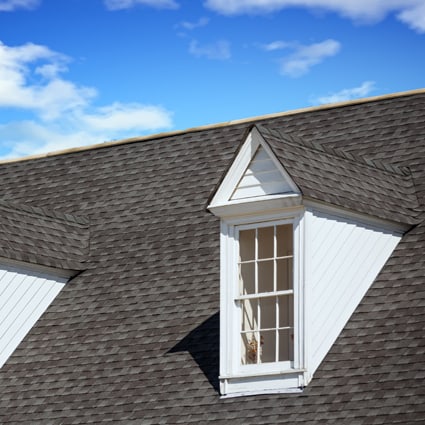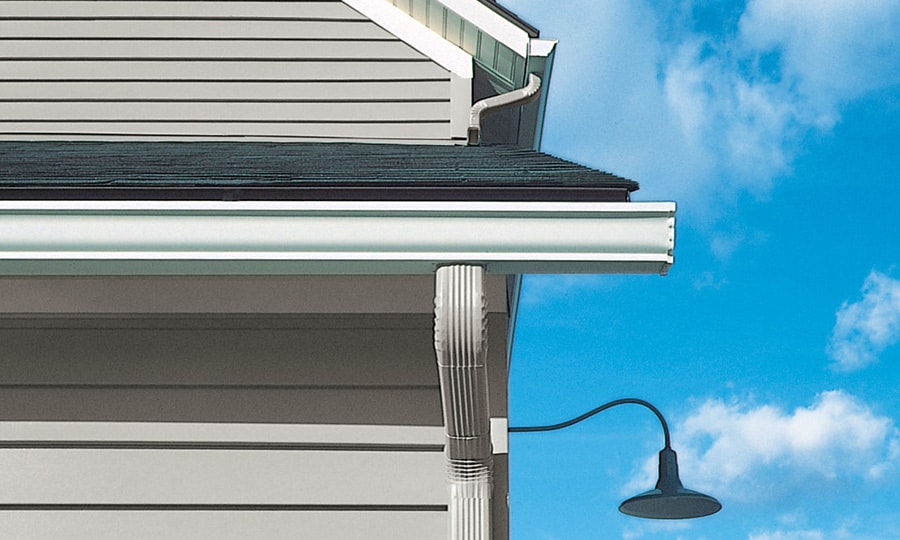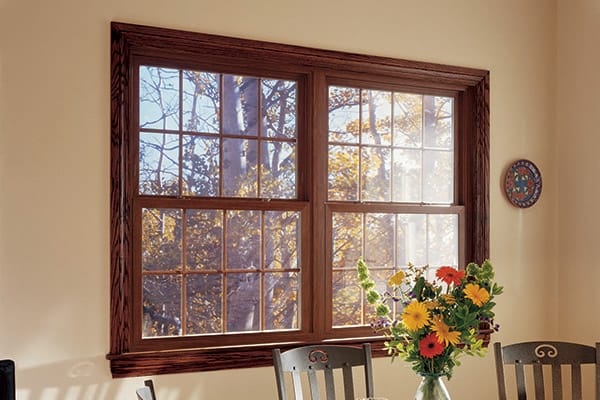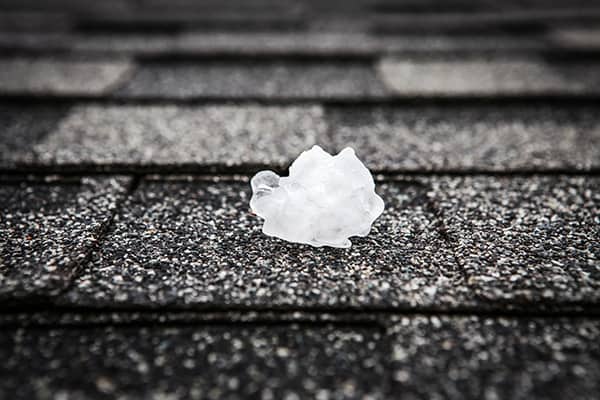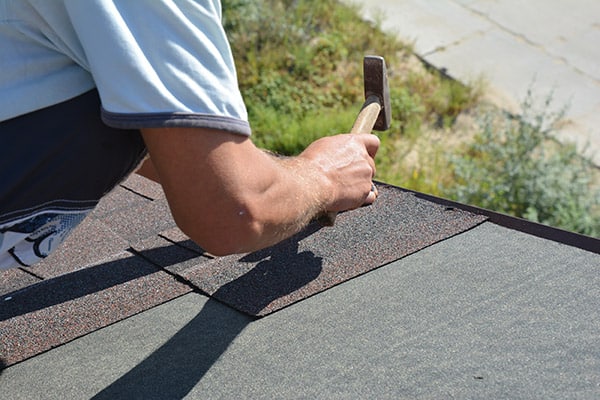Don’t Touch Your Thermostat: How Your Home Loses Heat and Ways to Reduce It
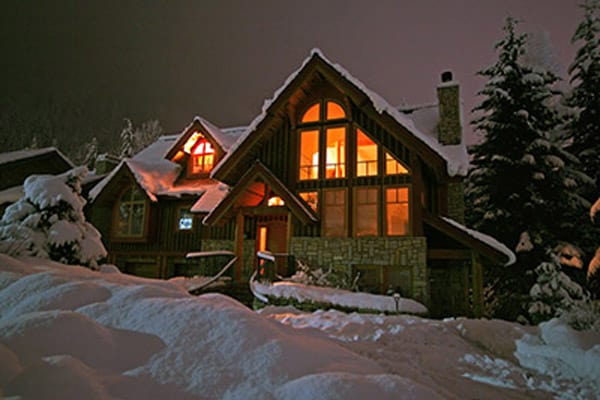
Winter is coming! Is your home ready? You might be surprised by what you learn. There are many ways your home isn’t retaining warmth. We’re going to go over how your home loses heat and how you can prevent it from happening this winter.
Your Heat Goes Out the Window
According to the Washington Post, up to 10% of heat loss in a home is from your windows. It is important to know how heat is escaping before being able to correct the issue.
There are Many Ways Windows Lose Heat
There are many ways heat can be escaping through a window. Worn or missing weather stripping is often a problem. Plus, gaps between your windows and trim leads to heat loss. You want your window flush against the trim. If your windows aren’t caulked properly, that will also lead to additional heat loss.
If you own a double pane window, there is one last issue that could cause heat loss: gas leakage. Don’t worry, it isn’t harmful to your health! Argon or Kyrpton gas is often found between double and triple pane windows to better insulate your home. Gas does unfortunately leak over time though. According to Nachi.org, argon gas windows can leak up to 1% per year depending on the quality of window, installation, and care.
Keeping Your Windows Up To Date
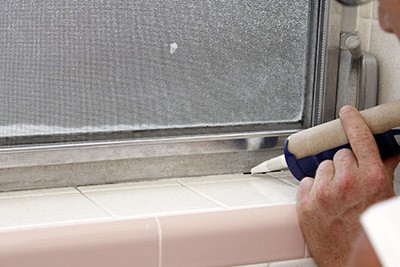
First thing’s first: you need to check your weather stripping every year to make sure it isn’t worn. If the stripping is worn, it must be replaced. It’s simple but crucial to preventing heat loss. The same can be said for caulking. Make sure your windows are caulked well.
You can also add a plastic film to your window’s edges. This will assist the weather stripping and caulk, reducing the amount of heat that escapes.
One more thing you may want to consider is getting double pane argon gas windows if you don’t already have them. They insulate your windows and prevent a large amount of heat loss. You can read more about argon gas windows in our article.
It Could be Leaving Through the Front Door
Similar to your windows, around 11% of your heat is lost through your doors. This is especially true for front entry doors which are used most often in the home.
Losing Heat Due to Bad Weather Stripping
Weather stripping could also be an issue with doors. If the weather stripping is worn or missing, you’re allowing heat to leave through your doorway. In addition, if your door is older, you might begin to see gaps between the door and its frame, allowing a great deal of heat to escape.
How to Reduce Heat Loss from Doors
Like windows, check your door’s weather stripping every year and make sure it isn’t worn. If so, you’ll need to purchase a new weatherstrip.
If you see gaps between your door and trim that are allowing drafts or sunlight through, there is a major problem. At that point, it is best to purchase a new door.
It’s a Bit Chilly for Air Conditioning: Window Units
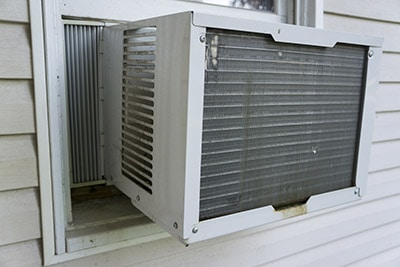
Window air conditioning units do more harm than good during the cold winter months. They are a major source of heat loss in your home.
Insulation Isn’t Enough
There is one crucial issue with window air conditioning units: they require your window to remain open the entire time. You can try to your best to insulate around the unit and cover gaps but there will still be a heat loss issue.
It’s Time To Remove Your Window Unit
There is a simple solution to your problem though: remove the unit during the winter months. Yes, it will be extra work and require you to find a place to store the unit during the winter, but it will be worth the effort! Your home will retain much more heat and you will be comfortable during January and February.
Look Up! You Can Lose Heat Through Your Ceilings
Heat rises so it is important to make sure that you don’t lose it through your ceiling or attic. Many home owners don’t realize they are losing heat through their ceiling so it is often neglected. We will prevent you from having that issue.
Check Your Ceiling Fans
First place to check is any are with ceiling fans. Make sure there are no gaps between the ceiling and the fan. Heat can escape through those gaps. Also, inspect your ceilings and make sure there aren’t any cracks that might need to be patched. The smallest cracks are still releasing heat from your home.
Your attic is another area that will need to be checked. Inspect all holes accommodating pipes or ducts and make sure there isn’t a gap that is letting light shine through. That is a sign your home is losing heat.
Sealing Cracks and Adding Insulation
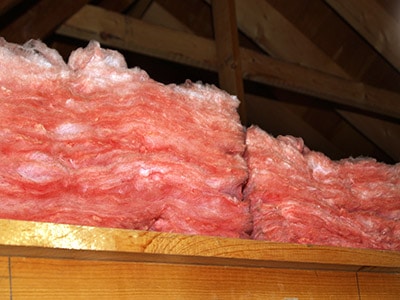
All cracks and gaps on your ceiling and around your fans need to be filled. Also, make sure you insulate your attic crawl space. This will trap the heat and prevent it from escaping. For any gaps around holes and ducts, use a foam spray.
You Lose Heat Through a Fireplace?!
During the winter, a fireplace is supposed to keep your house warm, but when it isn’t it use, it will do the exact opposite.
Is Your Flue Closed?
When not being used, your fire place is one giant escape route for heat. Many home owners lose heat because they don’t shut their flue after using their fireplace.
More Ways to Reduce Heat Lose Through Your Fireplace
Simple: close your flue. This will block any heat’s escape route. Don’t forget to open it the next time you use your fireplace though because that might be a problem! If your fireplace has a doorway, it is best to shut that as well.
Another way to prevent your home from losing heat through the fireplace is a chimney balloon. These balloons inflate in your chimney and block off the area so heat cannot escape.
Also consider getting an annual chimney inspection or having a good chimney sweep take a look when they come by to clean your chimney.
Don’t Forget to Check Your Electrical Outlets
Outlets are a notorious for being how your home loses heat. Much like ceilings, the outlets are often overlooked.
Is Everything Fitting Correctly
The biggest thing to consider when checking your outlets is the outlet box. This is the plastic, wood or metal case that covers the electrical parts. There can be gaps between the box and the wall where heat can be escaping. Also, outlets that don’t have items plugged into them is a way heat escapes.
How to Reduce Heat Loss with Electrical Outlets
Make sure your outlet box is flush against the wall. You can do this by tightening the screw in the middle. If this doesn’t work, it is time for a new outlet box.
As for the outlets themselves, we recommend outlet plugs. They are most associated with preventing children from playing with the electricity but it can also reduce how your home loses heat.
Now You Know How Your Home Loses Heat
With winter right around the corner, it is important to prepare your home. Understanding how your home loses heat and actively working against it will keep your house nice and toasty during those freezing winter nights.
At Feldco, we have served over 500,000 happy homeowners because of our award-winning and energy-efficient windows. Speak with a product specialist and get a free quote today.

